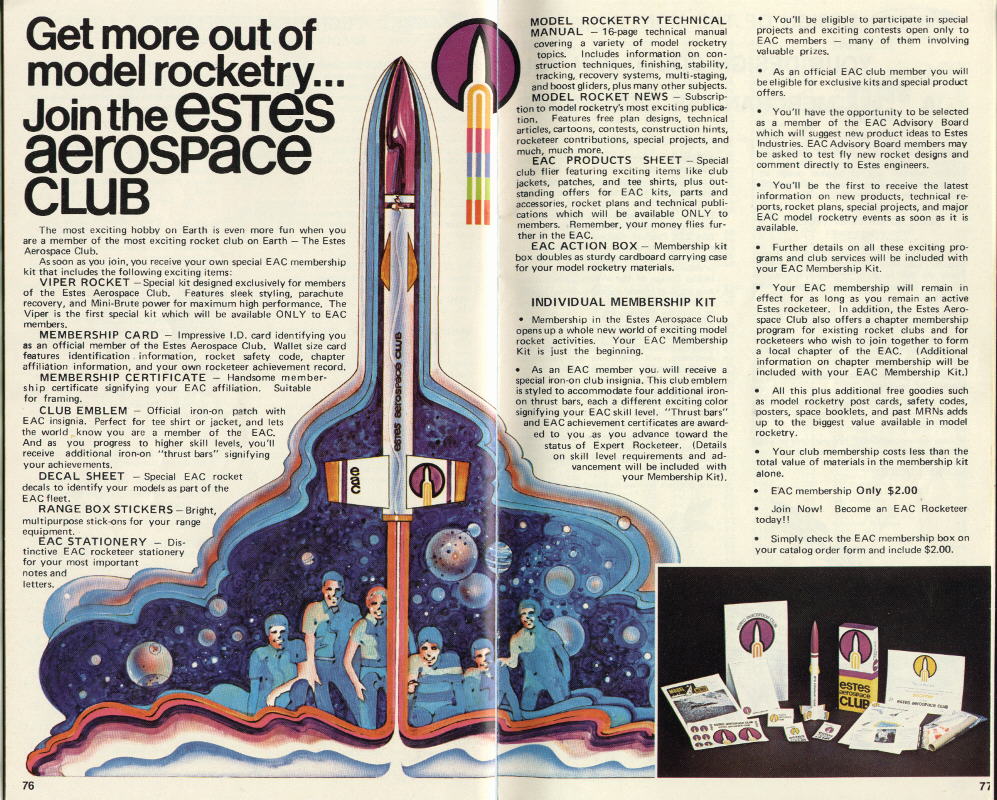So, where to begin? The wind was out of the South East, so we set up the range at the south end of the farm driveway. There were 5 pads - Duane's TARC rail pad, my MPR pad with a quarter inch rod, Woody's tower, Duane's wooden LPR pad, and my camera tripod LPR pad. Naturally, each pad had a controller, with the wooden LPR pad connected to Woody's crank type launch controller, which was a big hit with the kiddos that came out today. Forget batteries - they loved swiftly turning the crank to charge up the capacitors so they could launch the rockets! A classic example of low tech appeal...
 |  |
| Art's 45 year old scratch build lifts off as Vince and Chuck look on (Click to enlarge). | Elliot's V-2 heads into stormy weather (Click to enlarge). |
 |  |
| Chuck's Der Rot G-Maximus is a blur on an F21 (Click to enlarge). | Elliot and Joseph launch an Estes Ventris (Click to enlarge). |
There were a total of 7 Geezer TARC flights, and things did not start out well. Duane was the first to launch; it was a good flight, except that he forgot to turn on his altimeter, so we had no idea of the peak altitude. It was an embarrassing moment for Mr. Check List, and I will be sure to remind him of this at the appropriate times <evil smile>. Vince flew his Frankenstein creation built of various kit parts next; unlike the rest of us, he just threw the rocket together, without simulations or anything. He had the simple goal of getting a qualified flight, but this one would not be it - the rocket got some air on an F44 motor, but the shock cord burned through. The parachute saved the altimeter and eggs, but the sustainer hit the ground hard and crumpled. Despite this disqualification, Vince was undaunted and proceeded to kluge together his next flight - Baron Frankenstein would have been pleased with the scavenging of the corpses of past kits.
 |  |
| Duane's 1st flight leaves the rail (Click to enlarge). | Vince's creation #1 starts its ill-fated journey (Click to enlarge). |
Woody was up next. His rocket reached 766 feet on a F20 White Lightning motor (I love White Lightning motors - they are brilliant and loud). However, the parachute failed to deploy - ouch, and another disqualification. Randy Tyler then flew his patriotic red, white, and blue rocket on an Aerotech F32. This beauty over performed, topping 1000 feet. It looked like we were going to have our first qualified flight of the day, but alas, one egg was broken. 4 flights, 4 disqualifications. Things were not looking good.
 |  |
| Randy's patriotic rocket heads up into cloudy skies (Click to enlarge). | Woody's rocket clears his tower (Click to enlarge). |
 |  |
| Vince's Hexagon is blown apart by an E motor CATO (Click to enlarge). | #2 streaks off the pad on an F32 motor (Click to enlarge). |
Vince followed my launch with Brother of Frankenstein, which also made a qualifying flight. At 41.6 seconds, the time was good, but the altitude was way low, at 656 feet. Still a qualifying flight, and Vince was happy. I was happy too, as I was in first place.
And then came Duane's last flight...
He readied his yellow and purple backup rocket, and after making sure to turn on the altimeter, placed it on the pad. The rocket blasted skyward on its F motor, achieving 878 feet, the best altitude of the day - only 28 feet over the mark. It also turned in a pretty good time - 48.9 seconds, just 2.9 seconds long. At this point, I knew I was doomed. Only a cracked egg could save me, but Duane's rockets feature his super-spiffy molded egg protectors - the rocket could come in ballistic and the damn eggs would still remain unscathed. And I was right; the eggs were undamaged. Duane now had a 39.6 score, twice as good as my 84.5. Now was the moment of decision - would I make another attempt using Nemesis?
 |
| 2016 Geezer TARC results (Click to enlarge). |
 |  |
| Duane Mayer - Geezer TARC champion for the 2015-16 season (Click to enlarge). | Vince Huegele gets the Flying Pig Award for proving you can qualify with corpses of old kits (Click to enlarge). |







